DALL-E 1 was introduced by OpenAI in January 2021. One year later, DALL-E 2 was released as the next iteration of the AI research firm’s text-to-image project. Both versions are artificial intelligence systems that generate images from a description using natural language.
DALL-E performs realistic adjustments to existing photographs, as well as adds and removes objects while taking into account shadows, reflections, and textures. It can also take an image and generate several versions of it based on the original. To learn more about the two versions, here is a comparison.
Differences between DALL-E 1 and DALL-E 2
1. Clarity between visuals and texts + speedy results
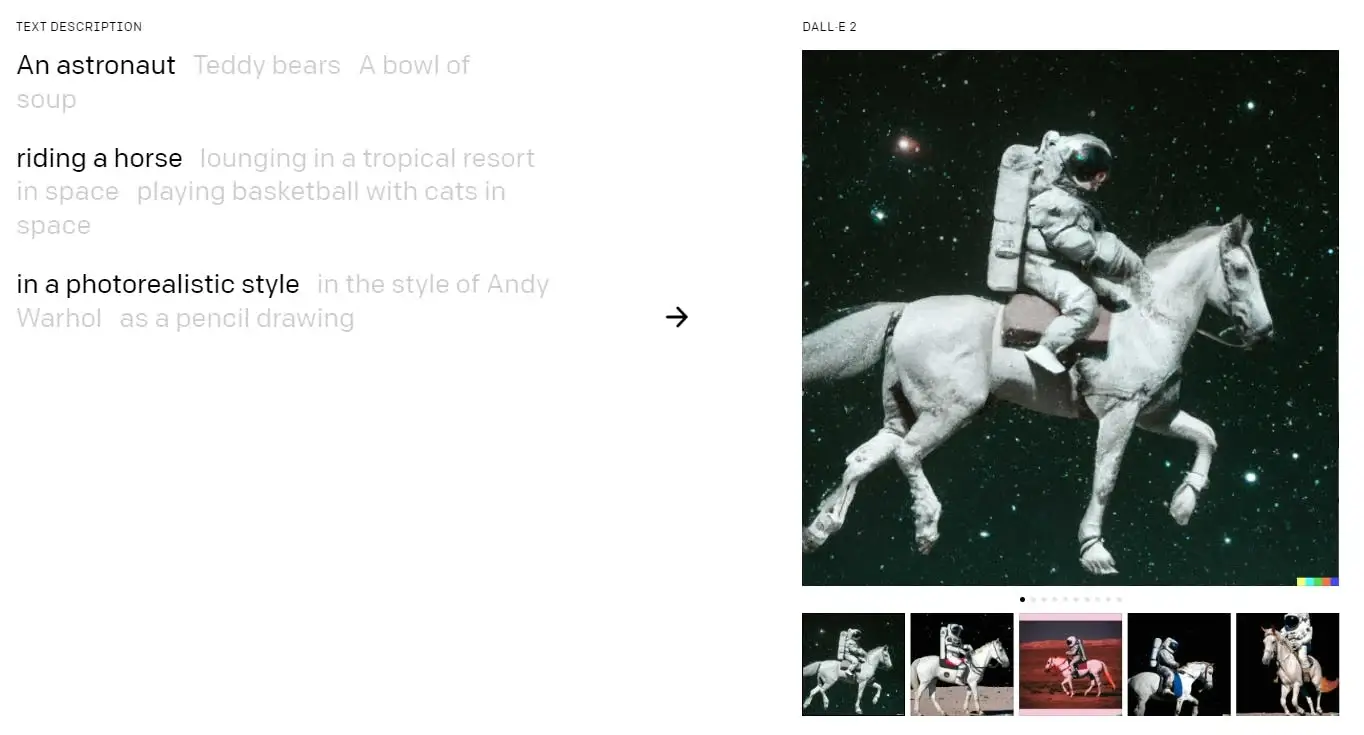
DALL-E 1 generates realistic visuals and art from simple text. It selects the most appropriate image from all of the outputs to match the user’s requirements.
DALL-E 2 discovers the link between visuals and the language that describes them. It employs a technique known as “diffusion,” which begins with a pattern of random dots and gradually changes that pattern to resemble a picture when it recognizes particular characteristics of that image. Despite producing more graphics, it’s faster, which means more variations generated in a few seconds.
Bonus: 4 DALL-E 2 Features to Boost Your Creativity
2. Realistic and high-resolution images
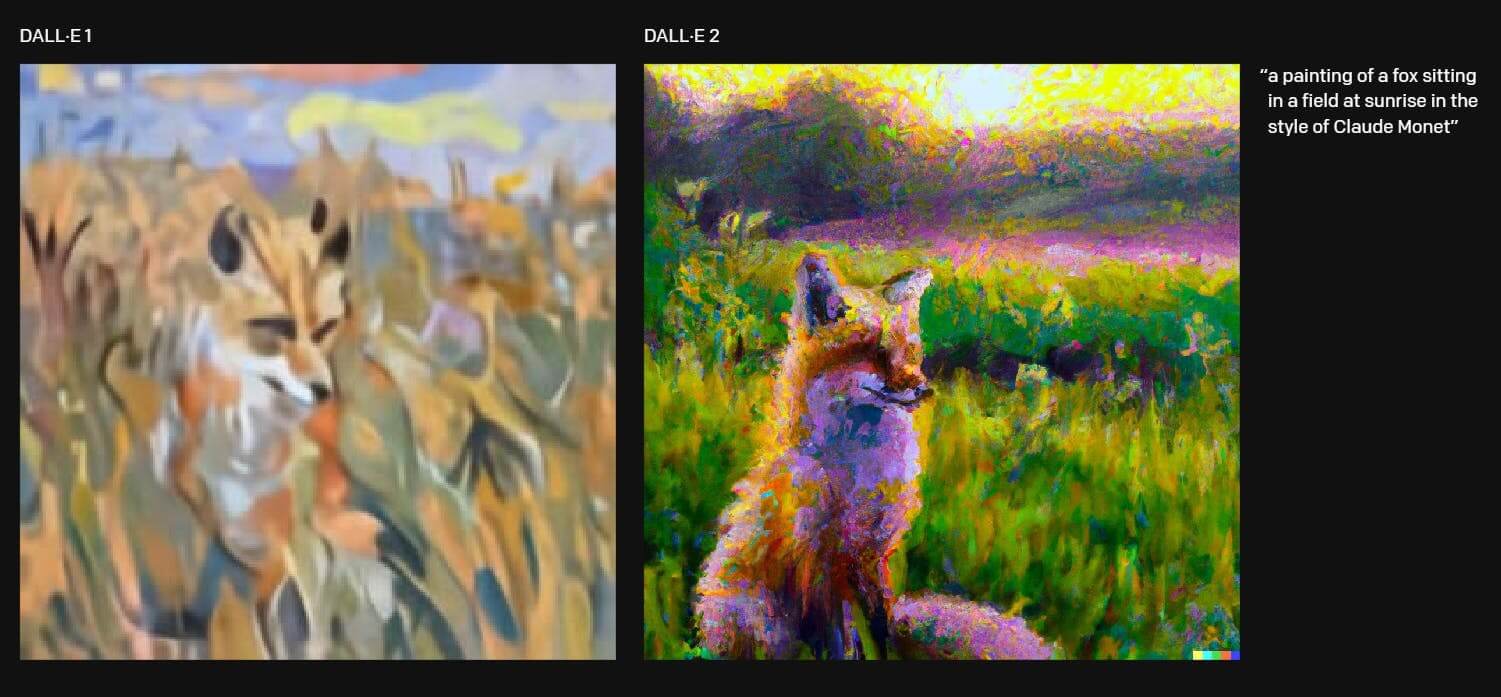
The first version of DALL-E could only render AI-created images in a cartoonish fashion, frequently against a simple background.
However, DALL-E 2 can produce realistic images, which shows how superior it is at bringing all ideas to life. The images that come from DALL-E 2 are larger and more detailed. It is significantly more adaptable, and also capable of providing higher-resolution images.
3. Editing and retouching made simpler
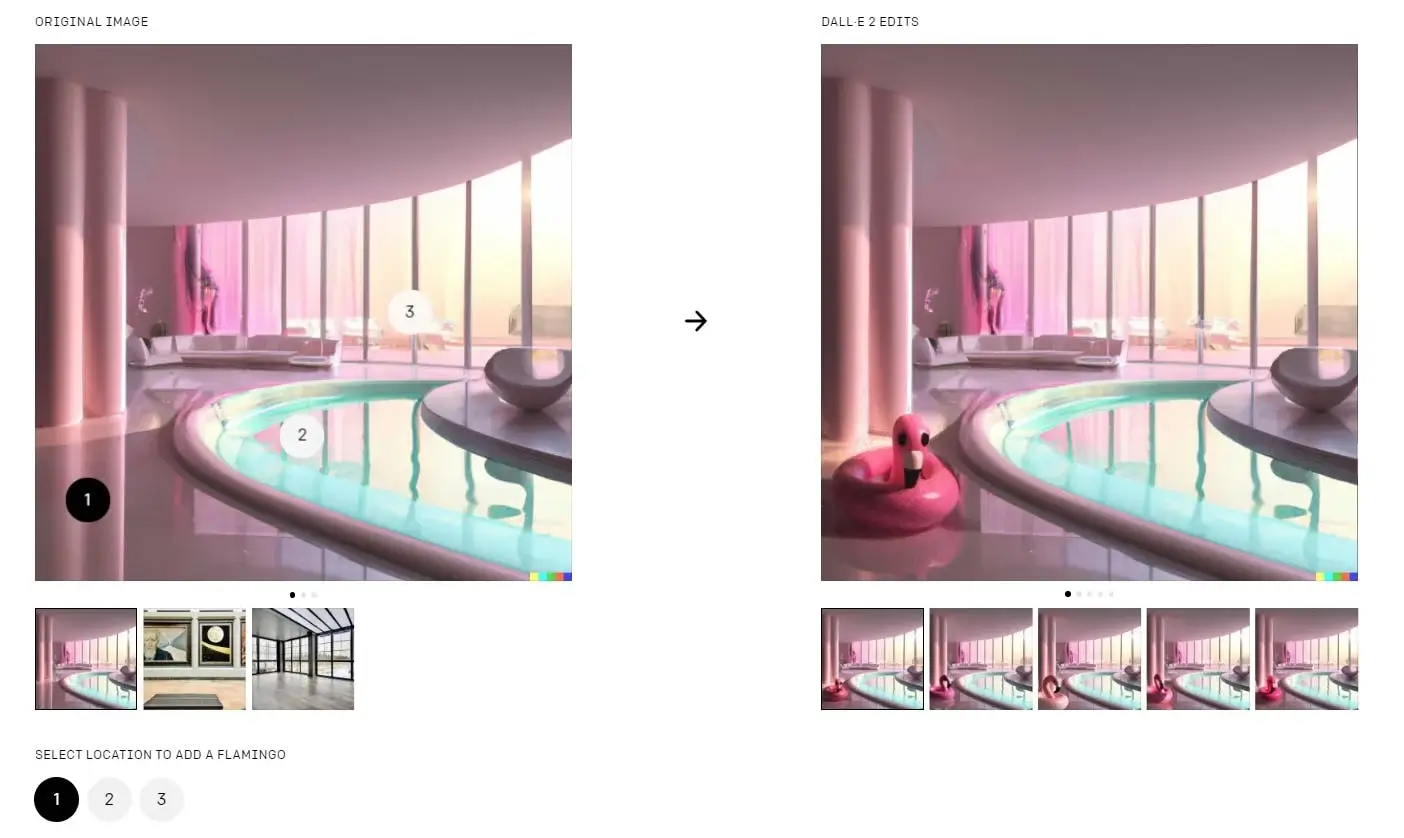
DALL-E “inpaints” or intelligently replaces specific areas in an image. Let’s say you have a photo of your home, but the table is covered with clutter. Just draw a box around the section of the image you wish to change and type in natural-language instructions to describe the change you want to make. The AI image generator will show you a few different interpretations of the prompt in seconds, and you may choose which one you like most.
Bonus: A Quick Look At The Google New AI Image Generator
DALL-E 2 has far more possibilities, including the ability to create new items. Take this example of a vase of flowers on a table. Because DALL-E 2 is aware of the rest of the scene, the AI image generator will include things like suitable lighting and shadows, as well as appropriate materials. It can edit and retouch photographs accurately based on a simple description. It can fill in or replace part of an image with AI-generated imagery that blends seamlessly with the original.
Bonus: Dall-E 2 vs Midjourney: Which is the better AI Image Generator?
4. Ability to produce multiple iterations of an image
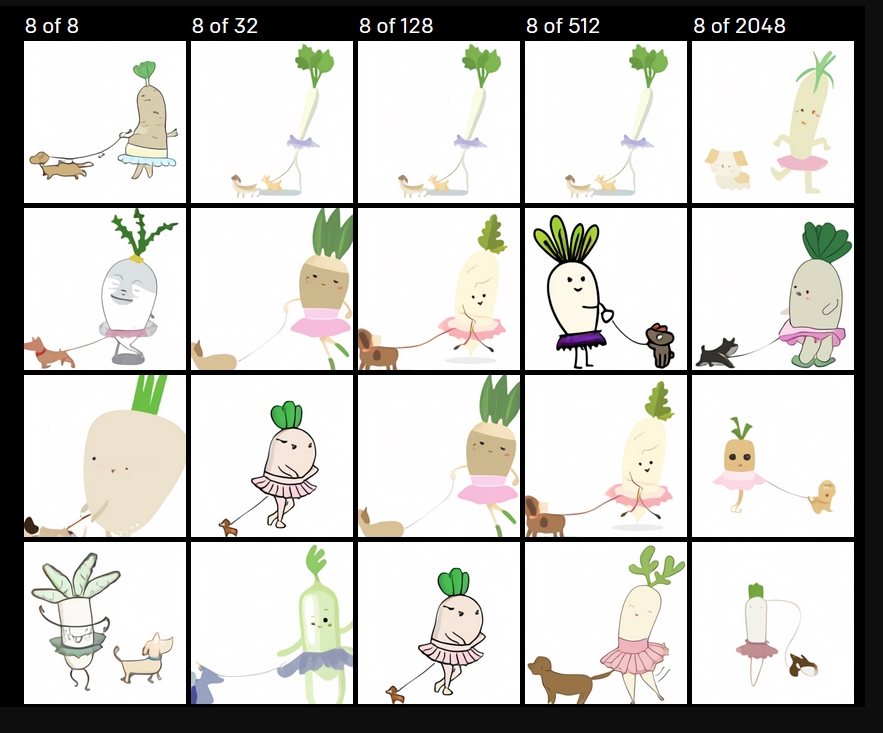
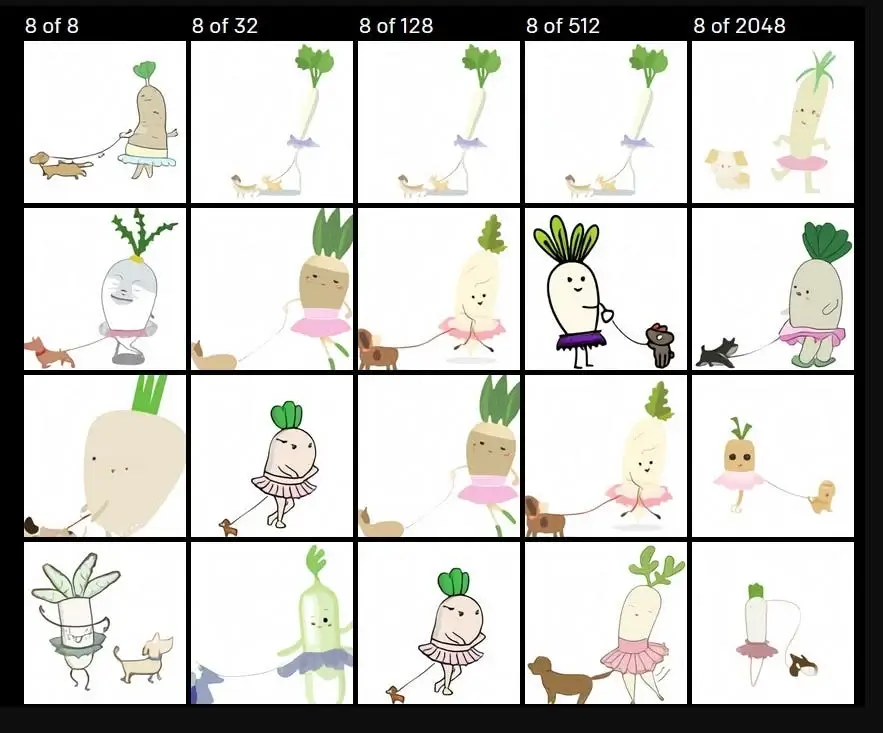
DALL-E 2 has a new feature called variations, where you provide the AI image generator a sample image and it generates as many variations as you want, ranging from near approximations to impressions. You can even add another image, and it will cross-pollinate the two, merging the most important parts of each.
Final Thoughts
DALL-E 1 and DALL-E 2 are examples of how creative people and intelligent systems can work together to build new things that will ultimately improve our creative potential. For the time being, most creatives are merely experimenting with tools like this AI image generator as a concept.
It does, however, show a future in which pushing the bounds of your imagination is the norm. While many are still learning how DALL-E features work, you can already see how AI that generates images may assist you in a variety of ways.


![16 Best AI Headshot Generators in 2025 [Free & Paid] 16 Best AI Headshot Generators in 2025 [Free & Paid]](https://siteimages.simplified.com/blog/Best-AI-Headshot-Generators-2-01.png?auto=compress&fit=crop&fm=png&h=400&w=400)


